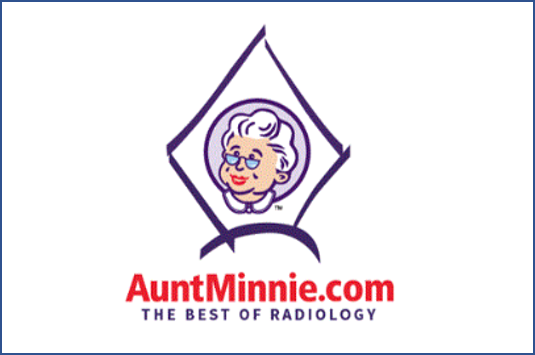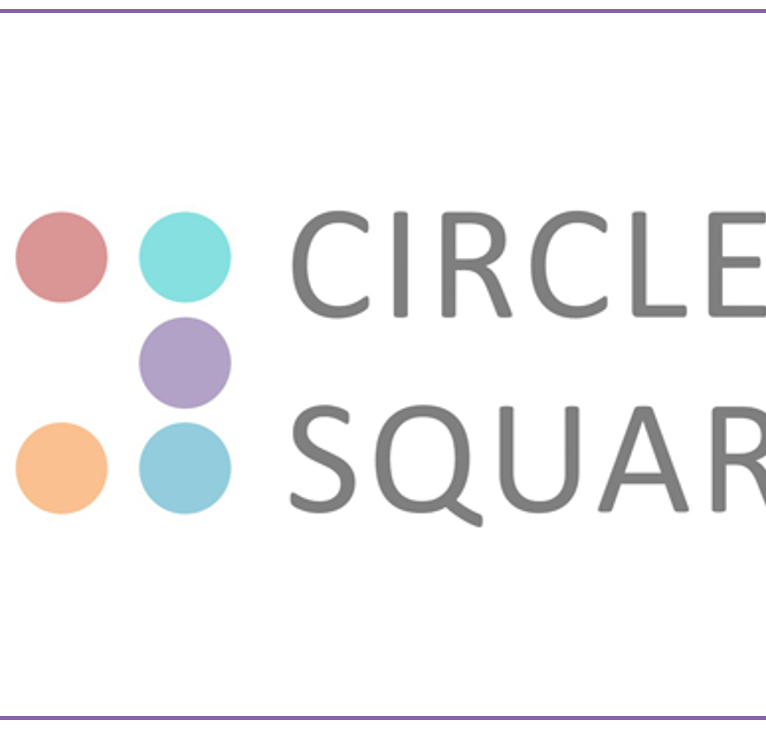The mobile C-arm is on the move

Published: June 22, 2021 In The News
18th June 2021 – Written by Graham Cooke – Featured on DOTMed – Turner Imaging Systems has ambitious growth plans to expland across Europe, enabled by the confirmation of the CE mark for the Smart -C-Arm, adding to the FDA approval received in 2019. This is another step forward in the adoption of truly portable mobile C-Arm devices.
You may also like


